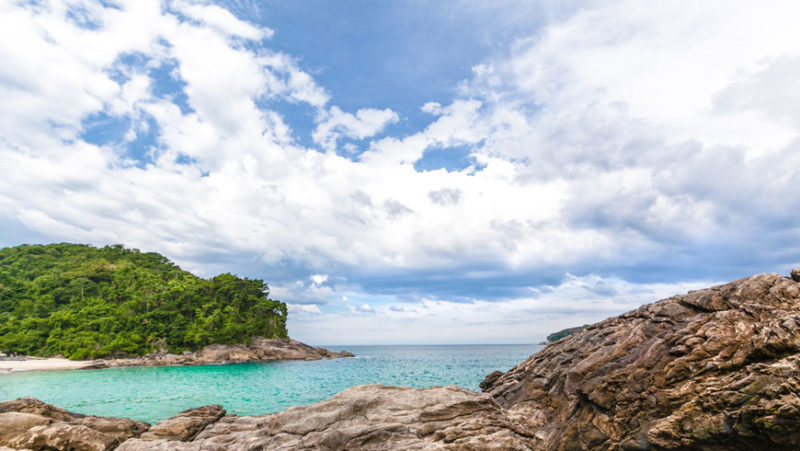The government of Brazil has signed into law two decrees that designate two new marine protected areas around the Saint Peter and Saint Paul Archipelago and around the Islands of Trindade and of Martim Vaz. The announcement was made during the 8th World Water Forum that held recently in the country.

The designation increases the Brazilian marine protected areas from the current 1.5 percent to 24.5% percent, and surpasses the target set by the Convention on Biological Diversity (CBD), which recommends the protection of 10% of marine and coastal areas by 2020. The Global Environment Facility (GEF) has disclosed that it helped finance the work leading to the declaration of the new marine protected areas.
While welcoming the development, Gustavo Fonseca, GEF Director of Programmes, said: “The creation of these marine protected areas in remote areas of the Atlantic Ocean is good news for ocean protection and will also help Brazil meet the objectives of the GEF project on marine and coastal protection (GEF-Mar) that is directly benefitting traditional and fishing communities.”
Both initiatives are a result of common efforts by the Ministries of Environment and Defense, through the Chico Mendes Institute for Biodiversity Conservation (ICMBio) and the Brazilian Navy, promoting the protection of biodiversity in rare marine ecosystems within the limits of the Brazilian Exclusive Economic Zone. The move fulfills national and international commitments to protect at least 10% of its marine biome with biodiversity significance, following the 1992 Convention on Biological Diversity, the 2020 Aichi Goals, as well as the 2030 Sustainable Development Goals.
The rock islets of Saint Peter and Saint Paul, located near the Equator line at 1000km from Northeastern Brazil and 1900km from Western Africa, constitute the smallest and remotest tropical archipelago in the planet, visited in 1832 by Charles Darwin, who studied the isolation that favours uniquely endemic species that risk extinction today.
Further South, resulting from the collision between cold ocean waters and the magma of erupted volcanos from the mountain range underneath the South Atlantic around 3.5 million years ago, the island of Trindade is the only portion tipping above sea level of the 1000km mountain range. Along with the Island of Martim Vaz, Trindade would compose another major protected area in the announced plans of the government.
